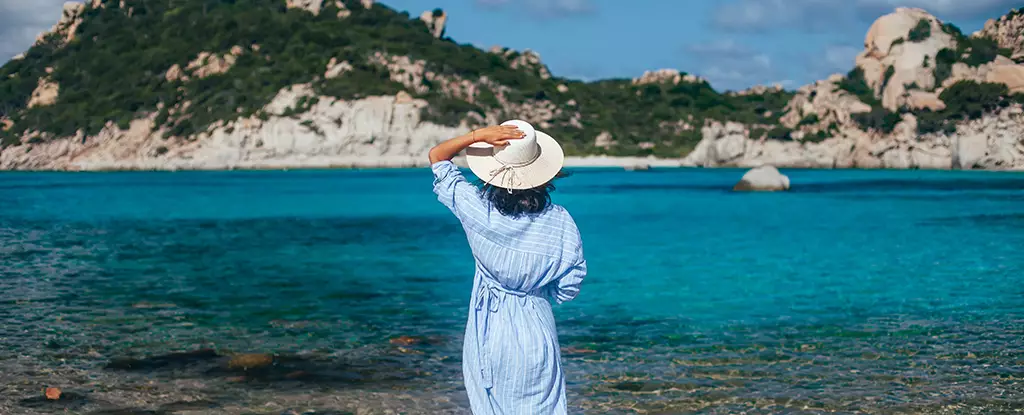Ageing is an inevitable part of life, and humans have always been fascinated with the quest for longevity. The desire to remain youthful drives a multi-billion pound industry that offers anti-ageing products, supplements, and diets for those hoping to extend their lifespan. While advancements in medicine and improvements in living conditions have allowed us to live longer than ever before, this longevity has come at a price. Chronic and degenerative diseases are on the rise, with heart disease consistently at the top of the list. Instead of solely focusing on living longer, perhaps we should be more interested in being healthier for longer.
Interestingly, certain locations around the world have been discovered where there is a high proportion of centenarians who display remarkable physical and mental health. One example is the “blue zone” in Sardinia, Italy, where a higher number of locals living in the central-eastern mountainous areas have reached their 100th birthday compared to the wider Sardinian community. Since then, similar longevity hotspots have been identified, including Ikaria, Greece; Okinawa, Japan; Nicoya, Costa Rica; and Loma Linda, California.
Centenarians in these blue zones share commonalities that contribute to their long and healthy lives. These include being part of a community, having a life purpose, eating nutritious foods, keeping stress levels low, and engaging in purposeful daily exercise or physical tasks. While genetics may play a role in longevity, studies suggest that lifestyle factors contribute 75-80 percent to a person’s lifespan.
The Role of Diet
When it comes to diet, each blue zone has its own approach, suggesting that there isn’t a specific food or nutrient responsible for their exceptional longevity. However, a common element across these zones is a diet rich in plant foods, such as locally-grown vegetables, fruits, and legumes. For example, the Seventh-day Adventists of Loma Linda are predominantly vegetarian, while centenarians in Okinawa consume foods high in flavonoids from purple sweet potatoes, soy, and vegetables, which benefit cardiovascular health. In Nicoya, the consumption of locally produced rice and beans has been associated with longer telomere length, which is thought to be a biomarker of ageing.
While a plant-based diet is important, it is not the sole secret to longevity. In Sardinia, meat and fish are consumed in moderation alongside vegetables and traditional foods like acorn breads, pane carasau (a sourdough flatbread), honey, and soft cheeses. Additionally, olive oil, wine (in moderation), and tea are also included in the diets of these centenarians, as they contain powerful antioxidants that help protect cells from damage.
The longevity hotspots also emphasize freshly-prepared meals at home and avoid ultra-processed foods, fast food, and sugary drinks that may accelerate ageing. Furthermore, there is a pattern of eating until 80 percent full, which supports how our cells deal with damage as we age and may contribute to a longer life.
Health Benefits Beyond Longevity
The factors that make up the blue zone diets, primarily plant-based and natural whole foods, are associated with a lower risk of chronic diseases such as heart disease and cancer. These diets not only contribute to a longer, healthier life but also support a more diverse gut microbiome, which is associated with healthy ageing.
Lessons from Centenarians
While diet is just one part of the bigger picture when it comes to longevity, it is an area that we can actively control. By adopting a diet rich in plant foods, avoiding processed foods, and following the patterns observed in blue zone populations, we can improve our overall health and age gracefully. Diet, therefore, may hold the key to not only the quality of our health but also the quality of how we age. So let us learn from the remarkable centenarians and make meaningful changes to our lifestyles that promote both longevity and well-being.



Leave a Reply